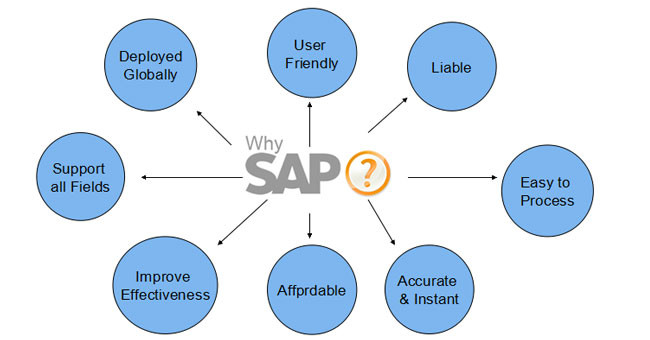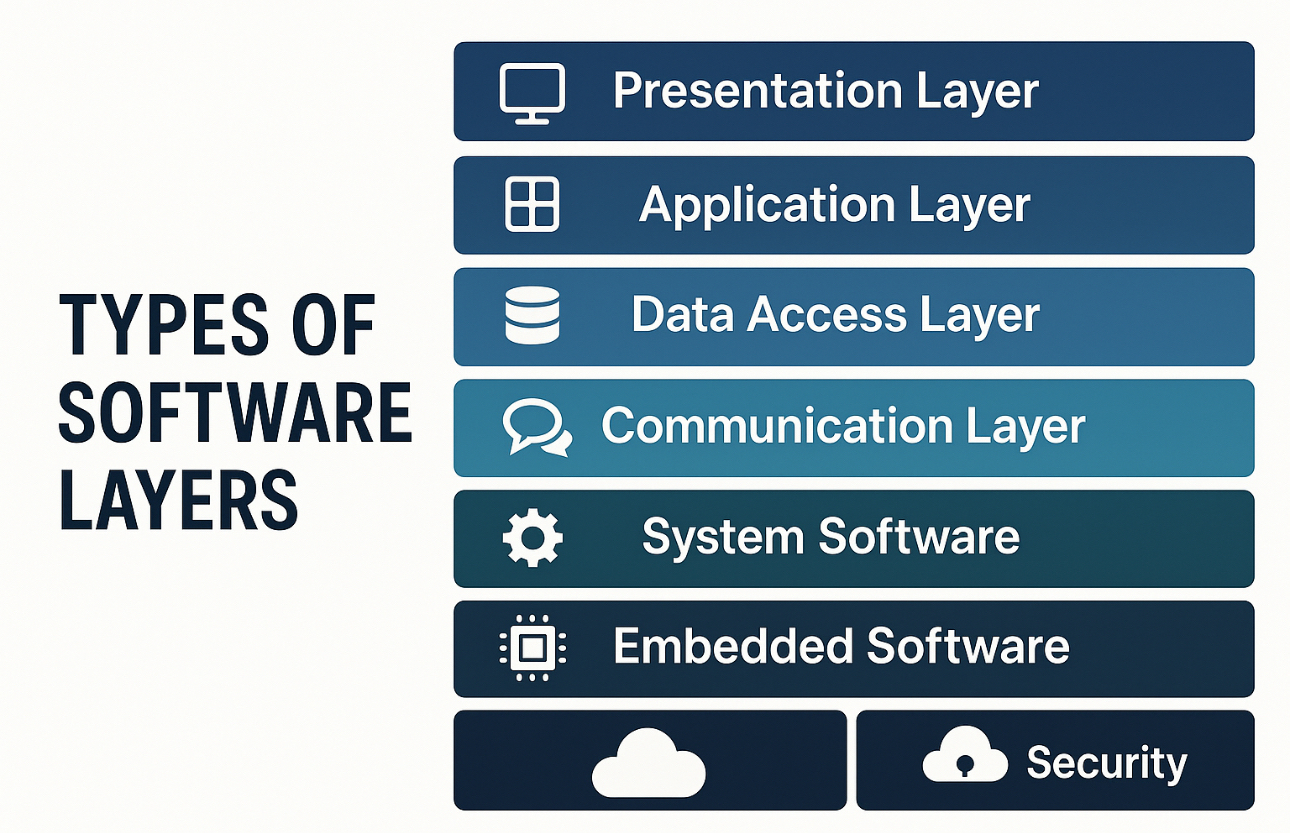
Introduction
In today’s hyper-competitive digital era, speed, quality, and agility are no longer optional—they're essential. To meet the rising demands of customers and stay ahead of the curve, companies are turning to DevOps. More than just a set of tools or practices, DevOps represents a cultural shift—one that breaks down silos, encourages collaboration, and leverages automation to deliver value faster and more reliably.
As a DevOps engineer, I’ve witnessed first-hand how transformative this approach can be. Whether you’re just starting or scaling your digital operations, embracing DevOps is not just beneficial—it’s strategic.
What is DevOps?
DevOps is a combination of 'Development' and 'Operations', aiming to unify software development (Dev), quality assurance (QA), and IT operations (Ops) into a single, automated, and collaborative workflow.
At its core, DevOps focuses on:
- Collaboration & Culture: Encouraging shared ownership between teams.
- Automation: Reducing manual effort in building, testing, deploying, and monitoring applications.
- Continuous Integration & Continuous Delivery (CI/CD): Ensuring code changes are integrated, tested, and delivered to production seamlessly.
- Infrastructure as Code (IaC): Managing and provisioning infrastructure through code, enabling repeatability and scalability.
- Monitoring & Feedback Loops: Providing real-time performance insights and incident response.
With DevOps vs Without DevOps
| Criteria | Traditional Approach (Without DevOps) | DevOps Approach |
| Team Structure | Siloed (Dev, QA, Ops work separately) | Cross-functional, collaborative |
| Deployment Frequency | Monthly or quarterly | Daily or even multiple times a day |
| Manual Tasks | High (manual testing, deployment) | Automated (CI/CD pipelines, IaC) |
| Feedback Loops | Delayed (post-deployment feedback) | Real-time monitoring & feedback |
| Scalability | Slower, more error-prone | Rapid, consistent, scalable |
| Downtime & Recovery | High MTTR (Mean Time to Recovery) | Faster recovery, resilient systems |
How to Adopt DevOps
- Assess Current Maturity – Evaluate your current SDLC, identify bottlenecks, and understand the gaps.
- Form a Cross-Functional DevOps Team – Bring together developers, QA, IT Ops, and security (DevSecOps).
- Select the Right DevOps Tools – Choose tools that support automation, observability, and scalability.
- Automate Everything – From source control and builds to testing, deployments, and monitoring.
- Implement CI/CD Pipelines – Streamline the release process using CI tools.
- Promote a DevOps Culture – Encourage transparency, knowledge sharing, and continuous learning.
- Measure and Optimize Continuously – Track KPIs and drive improvement.
DevOps Lifecycle
DevOps isn't a linear process—it’s a continuous loop involving:
1. Plan – Align business goals with development roadmaps.
2. Develop – Write code collaboratively, maintain version control.
3. Build – Compile code and generate artifacts.
4. Test – Run automated unit, integration, and functional tests.
5. Release – Deploy to staging and production via pipelines.
6. Operate – Manage infrastructure, configurations, and availability.
7. Monitor – Track performance, logs, and incidents in real-time.
8. Feedback – Use metrics and logs to improve future cycles.
Popular DevOps Tools
| Stage | Tools |
| Source Control | Git, GitHub, GitLab |
| CI/CD | Jenkins, GitHub Actions, GitLab CI, ArgoCD |
| Build & Test | Maven, Gradle, Selenium, JUnit |
| Containerization | Docker, Podman |
| Orchestration | Kubernetes, ECS, Helm |
| Infrastructure | Terraform, AWS CloudFormation |
| Monitoring | Prometheus, Grafana, ELK Stack |
| Security | SonarQube, Snyk, Trivy |
Is DevOps Right for Your Organization?
Absolutely. DevOps is not just for tech giants. Whether you're a startup or an enterprise, DevOps helps:
- Accelerate delivery timelines
- Improve software stability and reliability
- Foster innovation through experimentation
- Reduce operational overhead
- Enhance customer satisfaction
In my own work, I’ve helped teams automate pipelines, containerize applications, implement centralized monitoring, and adopt GitOps practices—all leading to faster releases and fewer incidents.
Conclusion
DevOps is more than a methodology—it’s a strategic enabler for modern businesses. By integrating development and operations, fostering a culture of collaboration, and leveraging automation, organizations can build more resilient, scalable, and customer-centric systems.
Call to Action
Ready to take the first step? Start small—automate a build, set up a CI/CD pipeline, or introduce infrastructure as code. The DevOps journey is iterative, but each step brings you closer to agility, reliability, and innovation.
Let’s build better software—together.
Post a comment Cancel reply
Related Posts
Empowering Business Analysts: How AI is Revolutionizing Agile Practices
In today's fast-paced digital landscape, Agile methodologies are no longer optional— they're essential for organizations…
What is SAP? How does it work?
The full form of "SAP" is “Systems Applications and Products in Data Processing” which is…
Optimizing React Performance: An Advanced Guide for Scalable Applications
In today’s fast-paced digital ecosystem, software systems have become the backbone of every enterprise’s technological…
Types of Software Layers
In today’s fast-paced digital ecosystem, software systems have become the backbone of every enterprise’s technological…


















